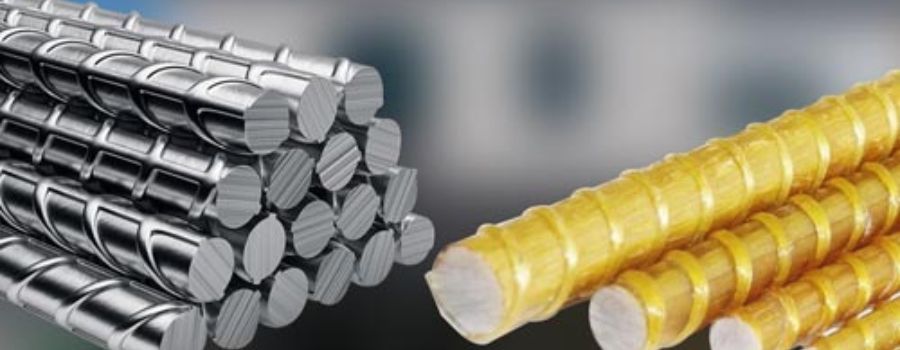Sustainability is becoming an increasingly integral part of the way of life for most sectors, including the construction industry, as it continues to grow globally. While traditionally, steel reinforcement bars have been the common choice, lately, a stronger alternative with better benefits and sustainability perks has been replacing them.
Let’s break down the carbon footprint and sustainability aspects for Composite vs Steel Rebar
1. Steel Rebar
As the traditional choice for infrastructure, steel rebar offers durability and recyclability, but is it sustainable in other ways? Keep reading.
- Carbon Footprint: Producing one ton of steel rebar emits roughly 1.8–2.0 tons of CO₂, depending on the method.
- Transportation: Steel rebars are heavier, which increases fuel consumption during transportation.
- Durability: Steel is prone to corrosion over time, requiring maintenance, repair, or replacement, and adding to its lifecycle.
2. Composite Rebar
Typically made from a mix of glass or carbon fibers embedded in a polymer matrix, composite rebars are naturally lightweight, corrosion-resistant, and non-conductive, perfect for structures exposed to harsh environments, such as marine constructions. Here is more on them:
- Carbon Footprint: FRP rebars have a lower weight-based carbon footprint due to lighter raw materials.
- Transportation: Composite rebars are lighter, reducing transportation emissions. This advantage is especially crucial for large-scale projects.
- Durability: Composite rebars resist corrosion, reducing long-term maintenance and lifecycle emissions, particularly in coastal or high-humidity environments.
Each reinforcement material comes with its own advantages and disadvantages. FRP, however, is emerging as a more lucrative and feasible option for modern-day infrastructure. Composite rebars shine in corrosive environments, offering durability and lower transport emissions, contributing to the overall sustainability of a project.
Also Read –

